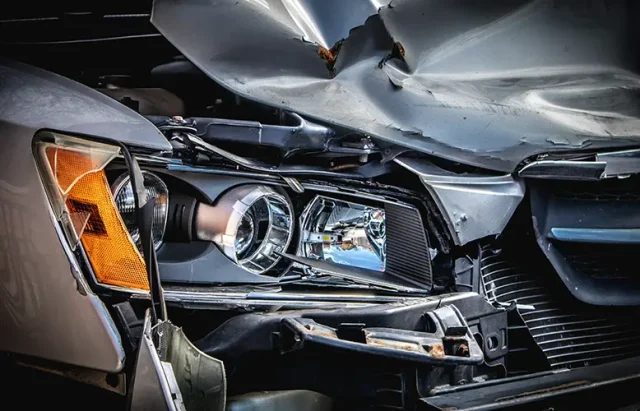
When you’re traveling, the last thing you want to think about is getting into a car accident, especially in a rental car. But crashes happen, and if they do, the rules around liability, coverage, and claims can be very different than what you’re used to at home. Whether you’re renting for a family trip or a quick business stop, it’s essential to understand how rental agreements, insurance, and state laws apply.
Understanding the basics before you pick up your keys can save you from surprise costs and complicated claims later on.
Rental Agreements and Coverage Basics
Every rental agreement comes with fine print, and it often matters more than people realize after a crash. Rental car companies typically push renters to buy a Collision Damage Waiver (CDW) or Loss Damage Waiver (LDW) at the counter.
These products aren’t technically insurance. They’re contractual waivers that limit your financial responsibility if the rental car is damaged.
Still, it’s critical to read the exclusions. Many CDWs won’t cover:
- Driving on unpaved roads
- Unauthorized drivers
- Intoxicated driving
- Tire, glass, or undercarriage damage
Some credit cards offer secondary rental car coverage, but the details vary widely. Check if your card requires you to decline the CDW at the rental counter, and whether it covers liability (injuries to others) or just damage to the rental car itself.
Reporting Rules and State Laws
After any accident in a rental car, the process isn’t as simple as calling your personal insurer. You may need to:
- Notify the rental company right away, as some contracts require it within 24 hours
- File an accident report with local law enforcement
- Contact your insurance provider or credit card benefits administrator
Where the crash happens also matters. For example, Missouri follows a fault-based system, meaning the driver who caused the accident is financially responsible. Kansas, on the other hand, is a no-fault state. There, each driver’s insurance initially pays for their own medical bills, regardless of fault.
The difference between these two neighboring states can significantly affect tourists who are driving across state lines. For region-specific guidance, many travelers turn to car accident lawyers in Kansas City, since they deal with cases that cross Missouri and Kansas rules.
Shared Fault and Uninsured Drivers
Things become even more complicated when responsibility is split between drivers or when the other driver is uninsured. In Missouri, you can recover damages even if you were partially at fault, but your award may be reduced by your percentage of responsibility. Kansas applies a similar comparative fault rule, though the no-fault framework changes how medical expenses are handled.
If the other driver is uninsured or underinsured, you may need to rely on your personal insurance policy, credit card rental coverage, or even rental company add-ons like Supplemental Liability Insurance (SLI).
Bottom Line
Tourists often assume their personal car insurance will work the same in a rental, but the mix of rental agreements, credit card terms, and local laws can create unexpected gaps. Whether you’re driving through Missouri’s fault-based system or Kansas’s no-fault rules, being informed about coverage and responsibilities ahead of time can help you avoid costly surprises.
If an accident does happen, knowing how to navigate fault rules, uninsured drivers, and reporting requirements will give you a smoother path forward, so you can get back to focusing on your trip instead of your claim.





